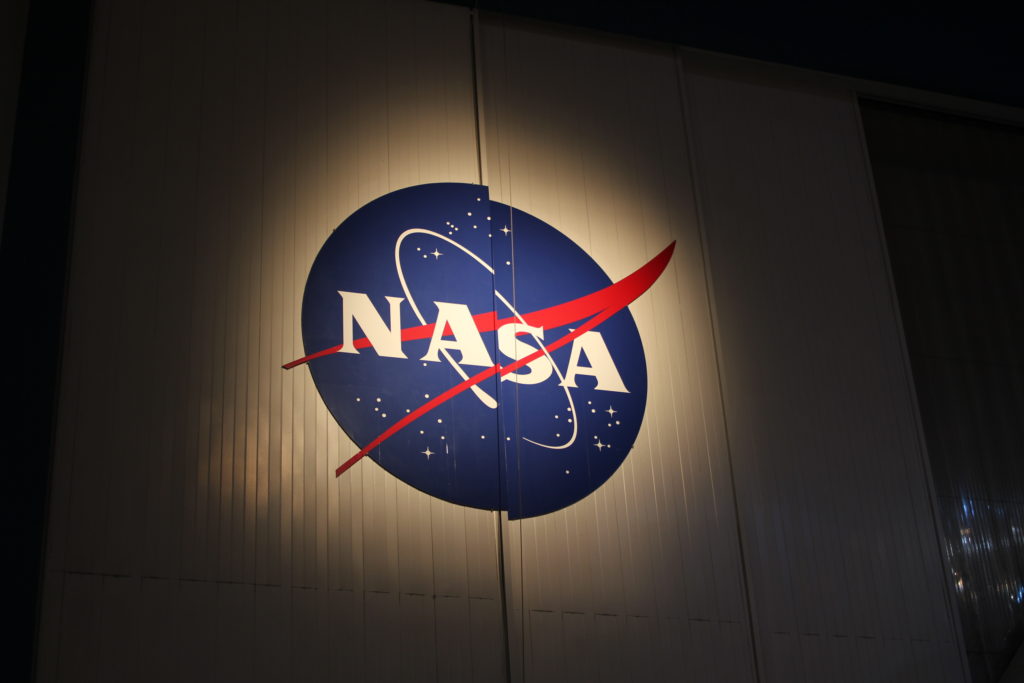
In what the US National Aeronautics and Space Administration (NASA) described as a “major milestone”, engineers have successfully connected the two halves of the agency’s James Webb Space Telescope for the first time at Northrop Grumman’s facilities in Redondo Beach, California.
The agency said on 28 August that the engineers “carefully lifted the Webb telescope (which includes the mirrors and science instruments) above the already-combined sunshield and spacecraft using a crane”.
The team “slowly guided the telescope into place, ensuring that all primary points of contact were perfectly aligned and seated properly”. Now that the observatory has been mechanically connected, the next steps will be to electrically connect the two halves and test the connections.
The next part of the test for the Webb project will be for the engineers to “ fully deploy the intricate five-layer sunshield, which is designed to keep Webb’s mirrors and scientific instruments cold by blocking infrared light from the Earth, Moon and Sun”.
The ability of the sunshield to deploy to its correct shape will be critical to the success of the mission, the agency said. Both of the telescope’s major components have been individually tested in all of the environments they could encounter during a rocket ride and orbiting mission a million miles away from the Earth.
The fully assembled observatory will now go through additional environmental and deployment testing with a scheduled launch date in 2021. Webb is an international project led by NASA with its partners, European Space Agency (ESA) and the Canadian Space Agency.
The James Webb Space Telescope is a large, space-based observatory, optimized for infrared wavelengths, which will complement and extend the discoveries of the Hubble Space Telescope.
NASA intends for the telescope to cover longer wavelengths of light than Hubble and to have greatly improved sensitivity. The longer wavelengths should let it “look further back in time to see the first galaxies that formed in the early universe, and to peer inside dust clouds where stars and planetary systems are forming today”.
The construction of the telescope has been marred by delays and cost overruns that have pushed the launch date from 2018 to 2021.
The JWST is named after James E. Webb, NASA’s second administrator. Webb is best known for leading Apollo, a series of lunar exploration programs that landed the first humans on the Moon. He also initiated a vigorous space science program that was responsible for over 75 launches during his tenure, including America’s first interplanetary explorers.
“The assembly of the telescope and its scientific instruments, sunshield and the spacecraft into one observatory represents an incredible achievement by the entire Webb team,” Bill Ochs, Webb project manager for NASA Goddard Space Flight Center in Greenbelt, Maryland, said in a statement.
“This milestone symbolizes the efforts of thousands of dedicated individuals for over more than 20 years across NASA, the European Space Agency, the Canadian Space Agency, Northrop Grumman, and the rest of our industrial and academic partners,” he added.
“This is an exciting time to now see all Webb’s parts finally joined together into a single observatory for the very first time,” Gregory Robinson, the Webb program director at NASA Headquarters in Washington, DC, said. “The engineering team has accomplished a huge step forward and soon we will be able to see incredible new views of our amazing universe.”


Leave a Reply